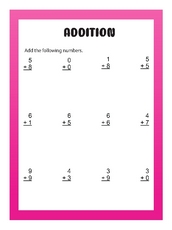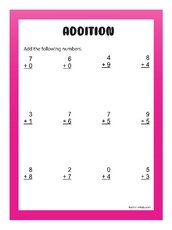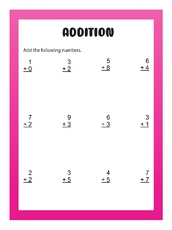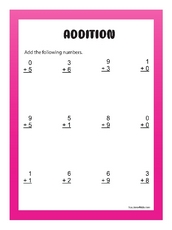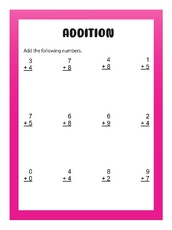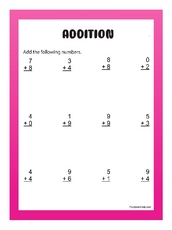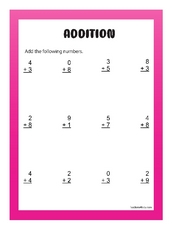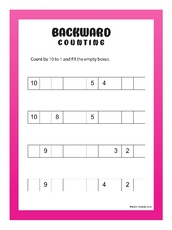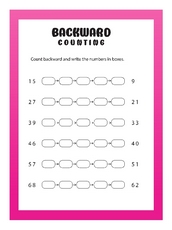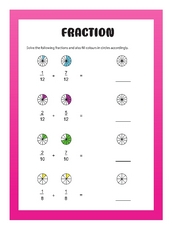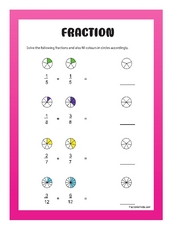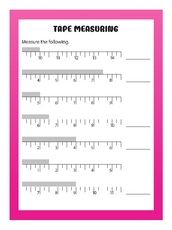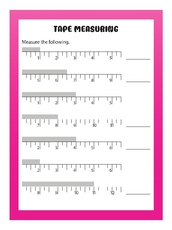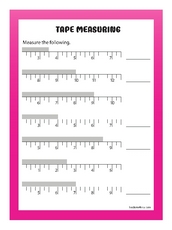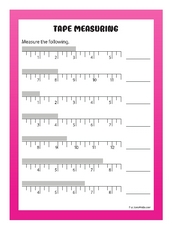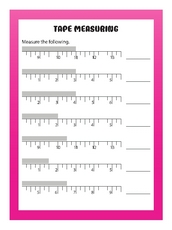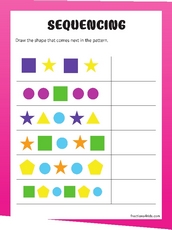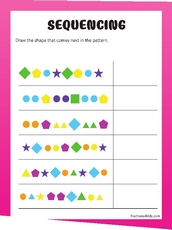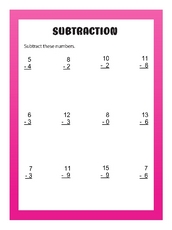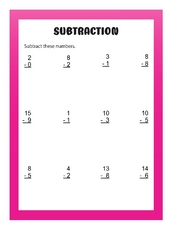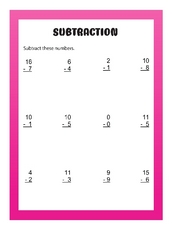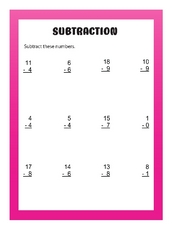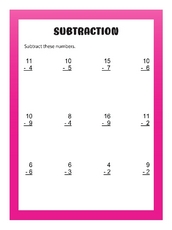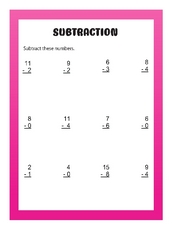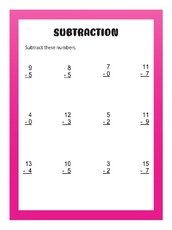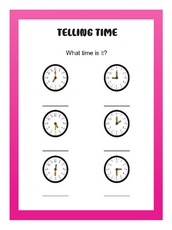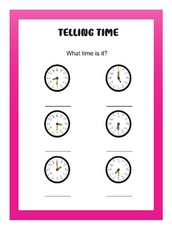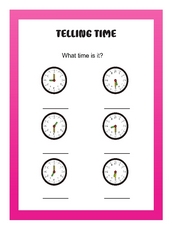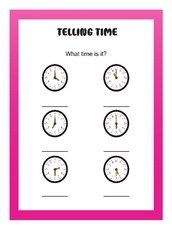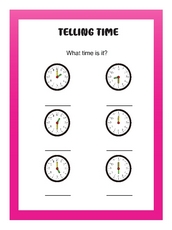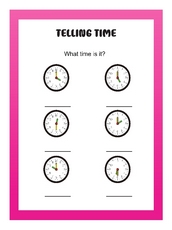First grade is a crucial year for children to develop foundational skills in math. Printable math worksheets can be a great way to reinforce those skills and provide practice opportunities. Here, we’ll explore the benefits of using printable math worksheets for first graders and some tips for selecting and using them effectively.
Printable Math Worksheets for First Grade
Benefits of Using Printable Math Worksheets
- Practice Makes Perfect Practice is essential in developing math skills. Printable math worksheets offer children the opportunity to practice and reinforce what they’ve learned in class. Repetition is key to building proficiency in math, and these worksheets allow for just that.
- Individualized Learning One of the benefits of printable math worksheets is that they can be tailored to a child’s individual needs. Some children may need extra practice with addition while others may need help with subtraction. Printable math worksheets can be selected and adjusted to meet the needs of each child.
- Visual Learning Math can be a difficult subject for many children, and some may struggle with abstract concepts. Printable math worksheets offer visual aids that help children understand concepts such as counting, addition, and subtraction. These visual aids can be in the form of pictures, charts, and graphs.
- Fun and Engaging Printable math worksheets can be designed to be fun and engaging. This can help keep children interested in the subject and motivated to practice. The worksheets can include games, puzzles, and other interactive elements that make learning math enjoyable.
Tips for Selecting and Using Printable Math Worksheets
- Choose Worksheets That Match the Curriculum When selecting printable math worksheets, it’s essential to choose those that align with the curriculum being taught in school. This ensures that the child is practicing and reinforcing the concepts they’re learning in the classroom.
- Select a Variety of Worksheets It’s crucial to provide a variety of worksheets that cover different math concepts. This ensures that the child is getting a well-rounded practice and reinforcing all the foundational math skills they need to succeed.
- Incorporate Real-Life Scenarios One way to make math more relatable and engaging is to incorporate real-life scenarios into the worksheets. For example, a worksheet could include a scenario where a child is buying items from a store and needs to calculate the total cost.
- Use Worksheets as a Supplement Printable math worksheets are a great supplement to classroom learning but should not replace it entirely. It’s essential to ensure that the child is receiving proper instruction in the classroom and using the worksheets as an additional tool for practice and reinforcement.
Examples of First Grade Printable Math Worksheets
- Addition and Subtraction Worksheets These worksheets focus on basic addition and subtraction concepts, such as adding and subtracting within 20. They may include visual aids such as pictures and number lines to help children understand the concepts.
- Money Worksheets Money worksheets can help children learn about counting and adding money. They may include scenarios such as buying items at a store and calculating the total cost.
- Time Worksheets Time worksheets can help children learn how to tell time, including reading the clock, understanding hours, minutes, and seconds, and calculating time intervals.
- Measurement Worksheets Measurement worksheets help children understand concepts such as length, weight, and volume. They may include scenarios such as measuring objects, comparing sizes, and calculating weight.
Conclusion
First grade is an important year for developing foundational math skills, and printable math worksheets can be a valuable tool for reinforcing those skills. When selecting and using these worksheets, it’s essential to ensure that they align with the curriculum, offer a variety of math concepts, and incorporate real-life scenarios. By using printable math worksheets as a supplement to classroom instruction, children can receive the practice and reinforcement they need to succeed in math.

